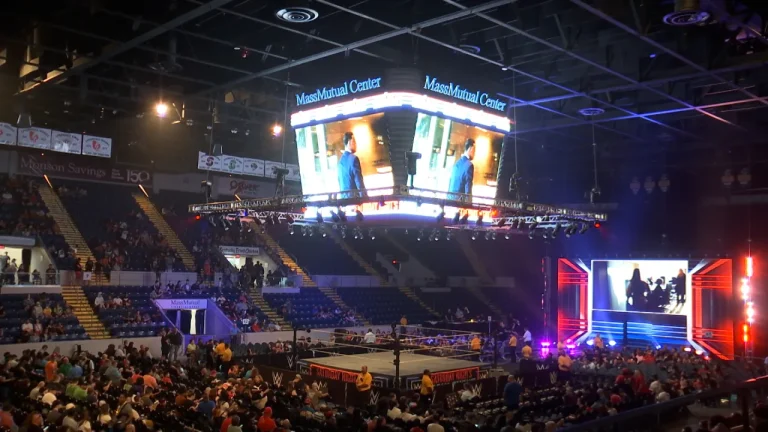Concrete Barrier: Control Rigid Traffic And Enhance Safety
A concrete barrier is a type of rigid traffic barrier commonly used on roads and highways to enhance safety. It is a rectangular-shaped structure made of reinforced concrete, measuring around 3 feet (1 meter) in height and 10 feet (3 meters) in length. The concrete barriers for hire are designed to provide a physical separation between opposing lanes of traffic, to prevent vehicles from crossing over into oncoming traffic or leaving the roadway.
Why use barriers?
These barriers are installed for the following purposes:
mitigate the risk of head-on collisions
- reduce the severity of accidents
- protect pedestrians
- roadside structures
Concrete barriers are typically designed to withstand the impact of a vehicle and redirect it, absorbing some of the kinetic energy to minimize the damage and protect occupants. They are usually reinforced with steel rods or mesh to enhance their strength and durability. In some cases, the barriers may have reflective surfaces or other markings to improve visibility, especially during nighttime or adverse weather conditions.
Concrete barriers play a vital role in enhancing road safety by providing a physical barrier to prevent accidents, protect motorists, and guide traffic flow.

Why choose to use concrete barriers?
Concrete barriers are chosen for various reasons due to their unique characteristics and benefits. Here are some reasons why concrete barriers are commonly used:
- Safety
- Durability
- Sturdiness
- Cost-effectiveness
- Versatility
- Aesthetic considerations
Concrete barriers may depend on factors such as local regulations, specific project requirements, budget considerations, and the assessment of engineering and safety experts.
Is it safe to use?
Concrete barriers are designed to enhance safety on roads and highways, and when properly installed and maintained, they can significantly contribute to reducing the risk of accidents and protecting motorists. However, it’s important to note that no safety measure is foolproof, and there can be instances where a concrete barrier may not prevent all types of accidents or mitigate all possible risks. Here are a few considerations regarding the safety of concrete barriers:
- Effectiveness. Concrete barriers are generally effective at preventing vehicles from crossing over into oncoming traffic or leaving the roadway. They are designed to redirect vehicles and absorb energy upon impact, reducing the severity of accidents.
- Design and installation. The safety of concrete barriers relies on proper design and installation. Adequate spacing, height, anchoring, and connection details are essential to ensure their effectiveness in providing protection.
- Maintenance. Regular maintenance and inspection are necessary to ensure the continued safety of concrete barriers. Inspections should identify any signs of damage, deterioration, or displacement that could compromise their integrity.
- Roadside hazards. While concrete barriers offer protection against the most common hazards, they may not address every potential roadside danger.
- Driver awareness. Proper signage and delineation can help alert drivers to the presence of barriers and promote safe driving practices.
Additionally, ongoing research and advancements in barrier design and safety standards continue to contribute to improving their effectiveness in enhancing roadway safety.








